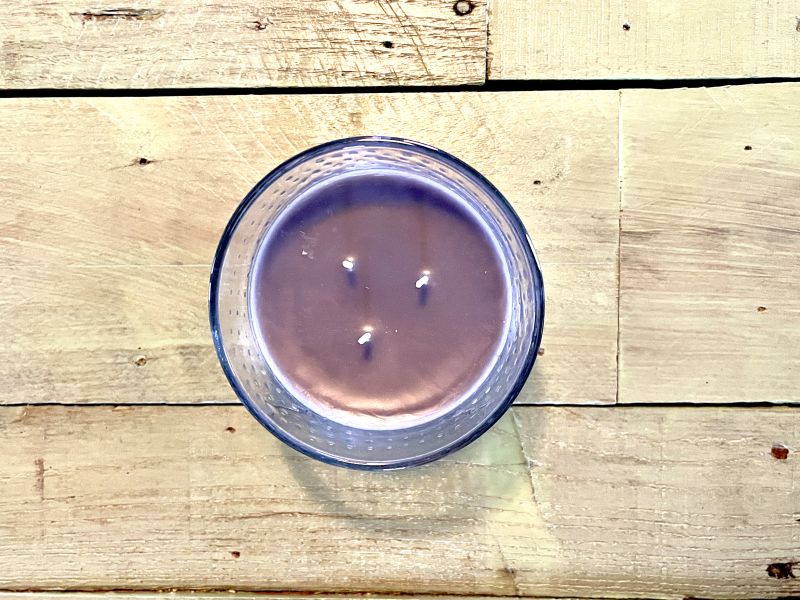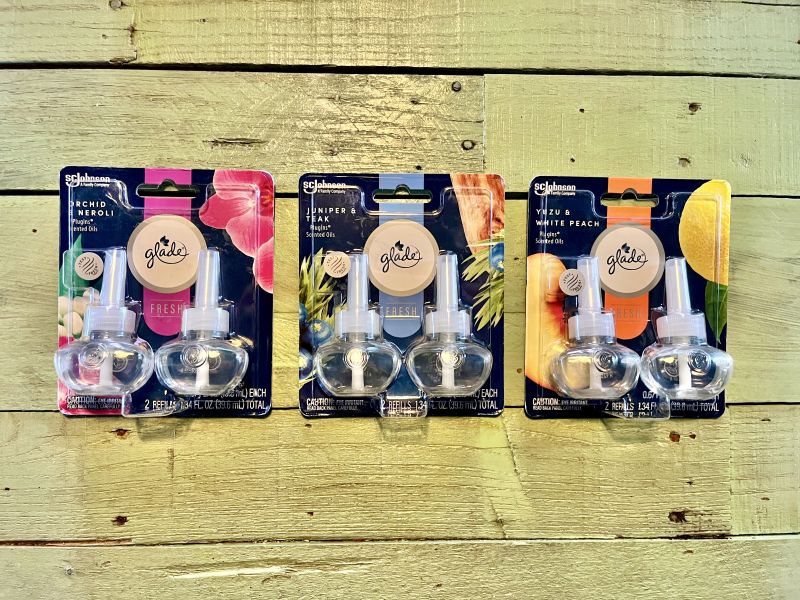It takes a lot for me to try a new candle scent, as I usually choose the same scent whenever I’m shopping for a candle. Vanilla is a tried-and-true crowd pleaser at my house, and I enjoy the delicious aroma.
Still, there are so many scents available in perfume, candles, air fresheners, and more that I’m often tempted. It’s fun to sniff the aromas in a candle shop or in the scent aisle in a store. And it seems like there are new ones being introduced every time I browse a scent aisle at a shop. Plus, the scent combinations aren’t obvious matches to me. There must be a reason why they are being paired and produced.
I know they must do product testing and focus groups. And they have historical sales data to back up their aromatic instincts, but the scent-makers seem to sense what the rest of us will enjoy. Even if they test market and focus group everything, they have to first narrow the universe of possibilities into just a few to test out before releasing them to the rest of us.
Since new scent combos are always popping up, I just had to ask the experts at Glade how do they come up with a new candle scent.
Here’s what they said.
How did Glade produce the Fresh Collection scents?
“The Glade Fresh collection was created with our consumers in mind, as we found they’re consistently searching for a fragrance that leaves their home smelling fresh and welcoming.”
Very true. The neatest home in the world won’t be perceived as tidy if it doesn’t smell pleasing, too. And I think those old commercials where people are blindfolded in a mess of a space that’s covered in scent are a great example of showing how a pleasing aroma can make us feel like our surroundings must be as pleasing.
How does the brand decide what to create?
“To do so, we worked with fragrance partners around the globe to explore what a ‘fresh home’ truly smells and feels like. That is how the scent direction for Orchid & Neroli was born. We found that freshness can come from many different notes, such as:
- Florals (Soft Floral fresh)
- Citrus-fruity (Citrus fresh)
- Herbaceous-aromatic (Garden fresh)
- Fougere-woods and musks (Woody-Earthy fresh)
I’m still not 100 on understanding how they pinpoint these fresh fragrance notes. But it’s interesting that they look around the globe to develop the combinations of aroma. I wonder what fragrance is considered fresh in various parts of the world, and if climate or culture has a stronger influence on scent preferences.
What is the process of putting scents like Teak and Juniper together?
“We were inspired by the global trend of utilizing nature-based notes. Juniper & Teak brings woody and earthy notes that are stronger, bigger and bolder, but provide a sense of grounding with outdoorsy freshness.”
Nature-based design is everywhere, and I’m not surprised that it’s appearing in candles and air fresheners. Biophilia is a natural reaction to an abundance of man-made materials surrounding us. I just wish the air fresheners were solar-powered and could be made with compostable or otherwise biodegradable materials.
Can Glade provide any other details about how the scent combinations are developed?
“By partnering with high-quality fragrance houses, we can tap into consumer sentiment and needs for the upcoming collections. We work with master perfumers who bring the best of science and art to create on-trend fragrances that are both timeless and relevant for the consumer.”
I’m thoroughly fascinated in the process of combining aromas to create new candle scents, and definitely enjoying the fragrance of the Juniper and Teak combination at my house.
About the Author





